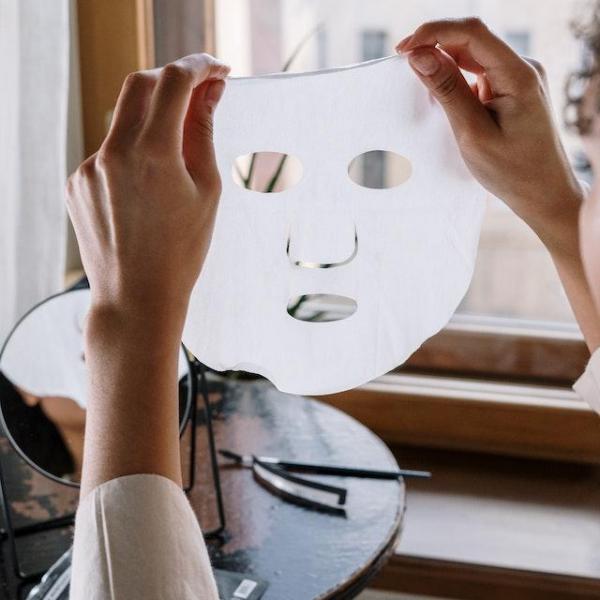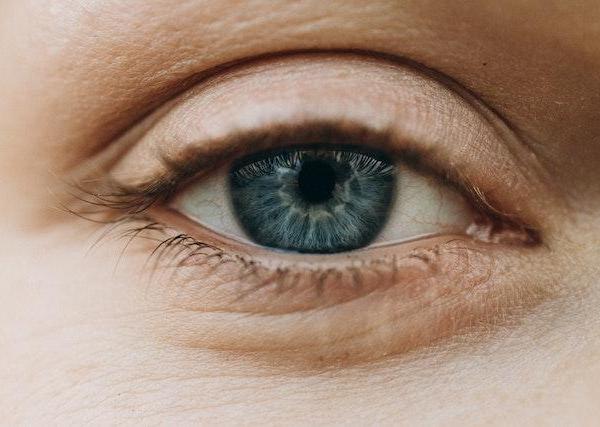Dermatologists advise wearing these garments and accessories to protect yourself from the sun.
Wearing sun-protective clothes, in addition to finding shade and using sunscreen, will help protect you from the sun's damaging UV rays, which can raise your risk of skin cancer.
When it comes to sun protection, however, not all clothing is created equal, since certain clothes give higher UV protection than others. Look for thick textiles in dark or vivid hues and match them with suitable accessories.
Dermatologists prescribe the following products to help protect your skin from the sun:
Shirts And Trousers That Are Lightweight And Long-sleeved
When spending time outside, it is critical to protect as much of your skin as possible. Avoid textiles with a loose or open weave, such as lace, while shopping for apparel. Furthermore, dark hues provide better protection than bright colors. A long-sleeved denim garment, for example, has an SPF of around 1,700, whereas a white t-shirt has an SPF of about 7. Furthermore, if you're going to the beach or pool, remember that dry clothing provides greater sun protection than damp clothes. Choose clothes with an ultraviolet protection factor (UPF) number on the label for better sun protection.UV-protective Sunglasses
Sunglasses are an essential component of your sun-protective outfit. When shopping for sunglasses, seek for lenses that provide UV protection. Lenses that seem dark may not provide UV protection, so check the label before buying. Furthermore, large-framed or wraparound sunglasses provide better sun protection than aviators, for example, so keep this in mind when choosing your sunglasses.A Broad-brimmed Hat
A hat is an easy and efficient method to keep your face and neck covered. When choosing a hat, look for one with a broad brim to protect your ears, as well as your head and neck. Baseball caps and straw hats with holes are not as good at keeping you warm outside.Footwear That Covers Your Feet
However, if you're going barefoot or wearing sandals or flip-flops, be sure to apply sunscreen to all exposed skin.A broad-spectrum, water-resistant sunscreen with an SPF of 30 or higher should be applied to all exposed skin in addition to wearing sun-protective apparel.
Contact a board-certified dermatologist if you have any concerns about how to protect your skin from the sun and avoid skin cancer.






